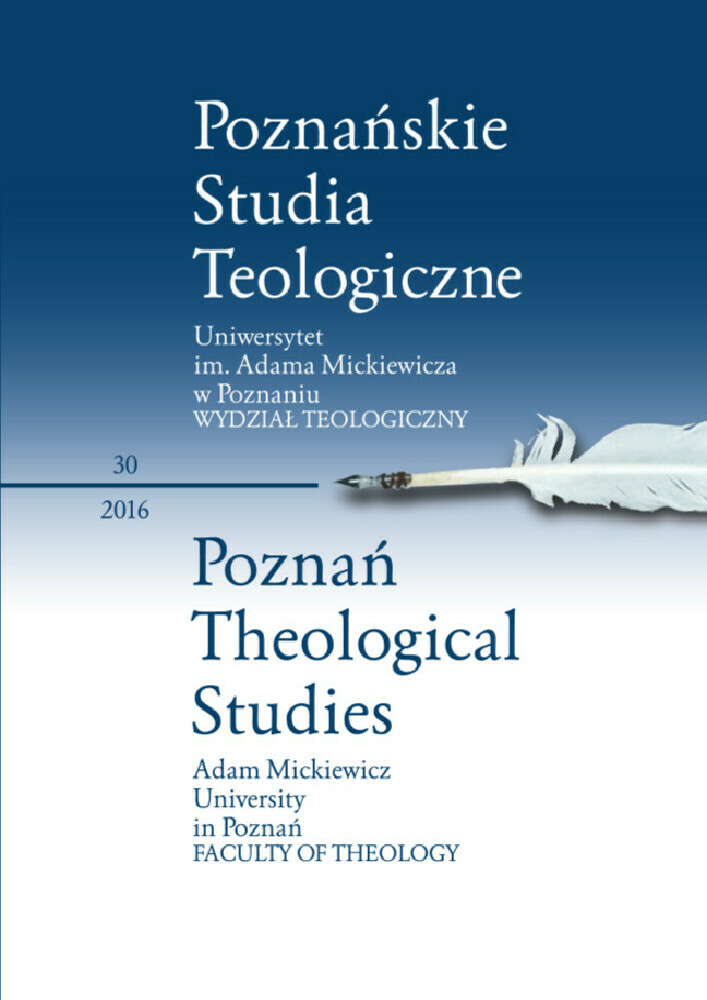Abstrakt
Numerous classic soteriological models are based on the concepts or experiences which are not clear for contemporary people. Therefore, there is an urgent need to propose new models which will be more comprehensible in the present cultural context. The article constitutes an attempt at constructing a soteriological model based on a category of trust, which primarily characterized both the relation of God to a human (the act of entrusting the world to a human) and of a human to God. The main hypothesis concerns the essence of the first sin, which is traditionally described as disobedience, whereas here we strive to prove that it consisted in taking back the human trust in God, which also resulted in taking back God’s trust in humans and in distorting the human’s image of God. Thus, God’s salutary action is pedagogical: it aims to restore in a human being an attitude of trust, whose ultimate realization is the human trust of Christ in God the Father. The act of entrusting His Son to humanity and the lack of punishing reaction to the murdering of His Son are the most significant expressions of the revelation of God as trustworthy. Whoever responds with faith (trust) to this revelation will be saved.
Bibliografia
Barbour I.G., Mity, modele, paradygmaty, Kraków 2016.
Churchland P.S., Moralność mózgu, Kraków 2013.
Dola T., Problem komplementarności współczesnych modeli soteriologicznych, Opole 1994.
O’Collins G., Jesus Our Redeemer, Oxford 2007.
Paluch M., Traktat o zbawieniu, Dogmatyka, t. 3, Warszawa 2006.
Strzelczyk G., Teraz Jezus, Warszawa 2005.
Sobór Watykański II, Konstytucja dogmatyczna o Kościele, Lumen gentium, w: Sobór Watykański II, Konstytucje, dekrety, deklaracje, Poznań 2002.
Licencja
Copyright
© 2016 Uniwersytet im. Adama Mickiewicza w Poznaniu, Wydawnictwo Naukowe UAM, Poznań
OPEN ACCESS
